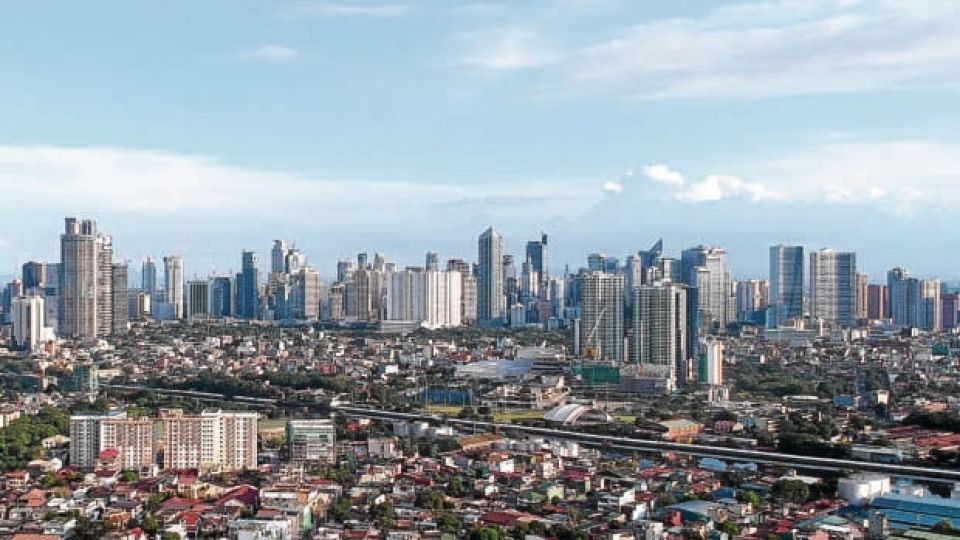December 5, 2022
MANILA – As though our current national debt was not troubling enough, the bright boys around President Marcos Jr. are planning to set up a state investment fund that seeks to participate in the highly diversified global investment game. Dubbed the “Maharlika Investments Corp.,” the proposed entity is to be headed by Mr. Marcos as chair of the board.
The concept of sovereign wealth funds (SWF) is not new, although the term itself is fairly recent. Some countries have more money than they need, and they use this to generate more money. This may come from proceeds from the extraction of mineral resources like oil. Or it may come from prudent spending that yields budgetary savings. Surplus funds may also come from the sale or lease of state-owned assets like land. In our case, the plan is to form a seed fund of P275 billion ($5 billion) from pension funds managed by the Government Service Insurance System and the Social Security System, and from assets of state-owned banks like Landbank and the Development Bank of the Philippines. If it had not been squandered, the Malampaya Fund would have been a good starting point for such a fund.
The world’s largest SWF today is the Norwegian Government Pension Fund with assets valued at $1.36 trillion. Established in 1996 with money coming from oil and gas, it has two separate funds—the Pension Fund Global and the Pension Fund Norway. With its worldwide investments spread out in more than 9,300 companies, its performance is closely tied to the global economy’s performance. It earned $180 billion in 2019 but reported a record loss of $174 billion in the first half of 2022.
The Kuwait Investment Authority was set up in 1953, with funds coming from the sale of oil. It was created to preserve the nation’s wealth and develop an economy less dependent on oil. The Abu Dhabi Investment Authority, the Investment Corp. of Dubai, and the Public Investment Fund of Saudi Arabia were all founded on the same strategic idea.
As one might expect, China has two of the top 10 SWFs in the world—the China Investment Corp. with $1.2 trillion in assets, and the National Council for Social Security Fund with nearly half a trillion dollars. By the sheer size and dynamism of its economy, China, through its investment arms, has been able to wield a commanding presence in the global economy. More than this, it has effectively leveraged its enormous wealth into global political clout that rivals that of the United States.
Some countries have not allowed the smallness of their population and territory to stop them from punching above their weight. The most notable example is Singapore. Its two SWFs—the Government of Singapore Investment Corp. or GIC and Temasek Holdings—hold about $1.3 trillion in combined assets.
The GIC website proudly notes, “Although we are Government-owned and manage Singapore’s reserves, our relationship with the Government is that of a fund manager to a client. We operate, invest, and measure our performance in the same way as any global fund management company.”
If Singapore’s GIC and Temasek have given sovereign wealth funds a good name, next door Malaysia’s 1MDB (1Malaysia Development Berhad) has sadly exemplified the dark and sordid side. Established by former Malaysian prime minister Najib Razak in 2009, his very first year in office, 1MDB was supposed to invest strategically in foreign and local assets to help fund infrastructure projects and alleviate mass poverty at home.
It started with $1 billion in investable funds but ended up six years later with a debt of $11.5 billion. How did that happen? With the help of Goldman Sachs, an American investment bank, the fund issued long-term bonds guaranteed by the Malaysian government. In all, more than $4 billion was stolen from 1MDB, laundered, and siphoned into private accounts. A Wikipedia entry titled “1MDB scandal” sums up the events that led to Najib Razak’s political downfall in 2018, and subsequent imprisonment for abuse of power and embezzlement of public funds.
For as long as he was in power, Najib found ways of evading accountability. It was only after his loss in the May 2018 general election that investigations could be reopened, and some of the funds recovered. The newly elected government formed a special task force, and barred him and his wife, Rosmah Mansor, from leaving the country. A few days later, the police raided his houses and seized 12,000 pieces of jewelry, 423 valuable watches, and 567 luxury handbags, and cash, altogether estimated at around 1 billion Malaysian ringgit. The media had a field day comparing Rosmah Mansor with Imelda Marcos.
The difference between Singapore’s GIC and Temasek and Malaysia’s 1MDB boils down to one thing—the strength of a nation’s institutions. This is exemplified by the professional integrity, competence, and independence of Singapore’s civil servants who are in charge of determining the soundness of investments and of internally auditing the flow of funds. It is also mirrored in the autonomy of the various branches of government, particularly the judiciary.
Our country is not lacking in public servants with such qualities, or in laws that guarantee the separation of state powers. But our career officials are all too often silenced by political pressure, while the legal system is easily trumped by politics. We are more like Malaysia in that sense: We require nothing less than a regime change to bring the perpetrators of big-time corruption to justice. No, for a host of reasons, we’re not ready for an SWF.


